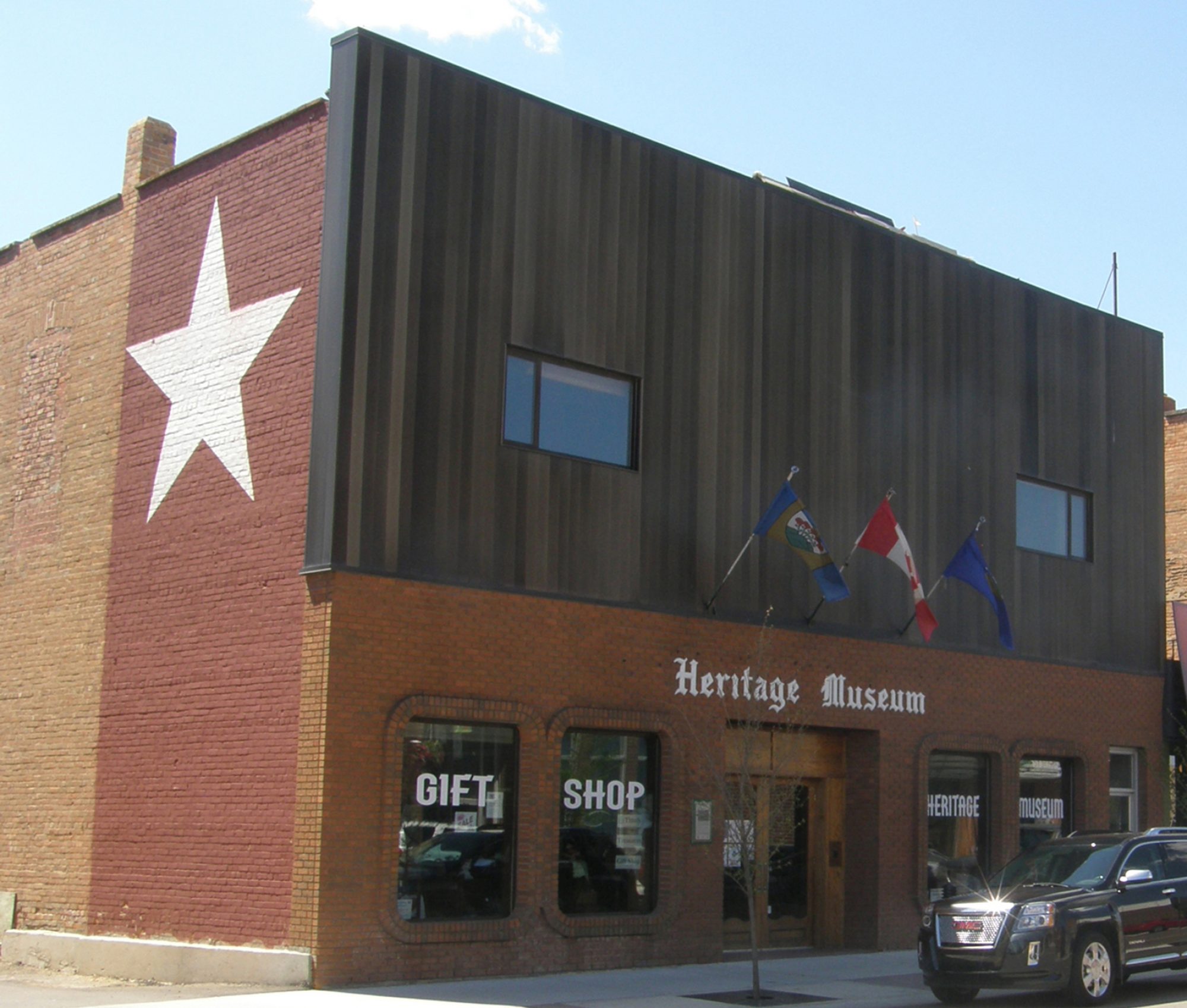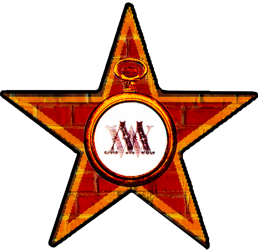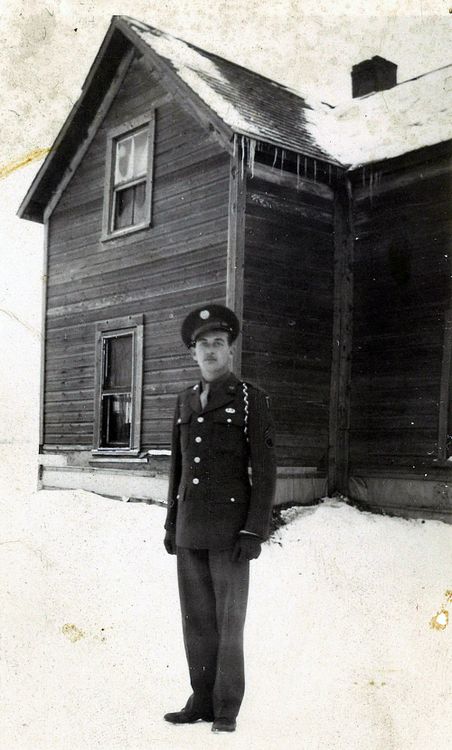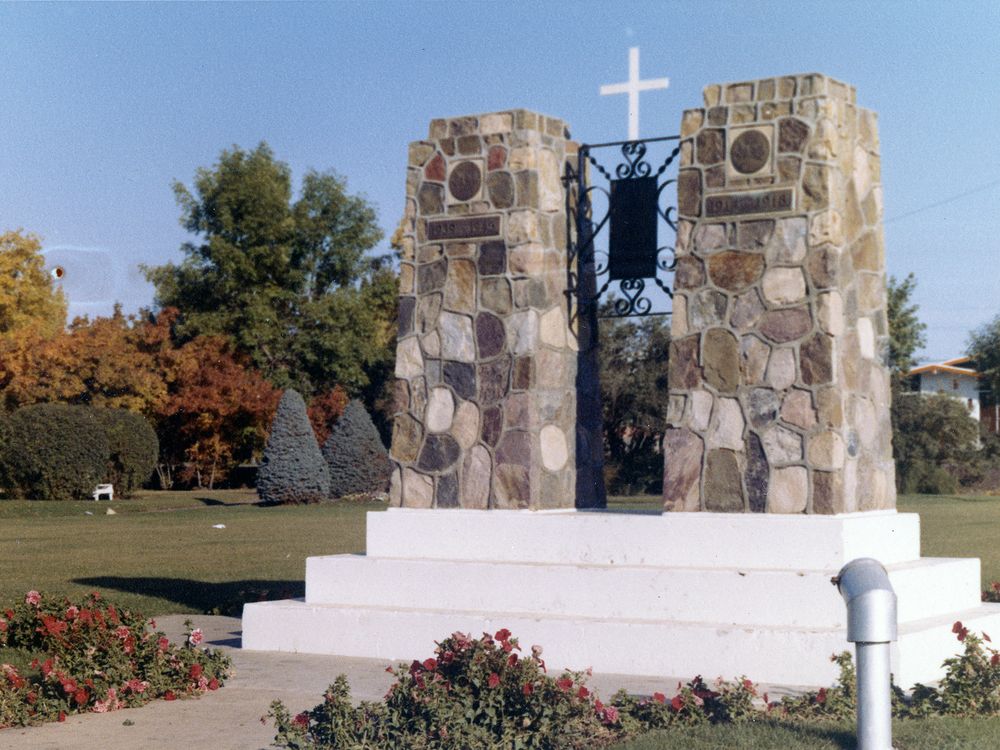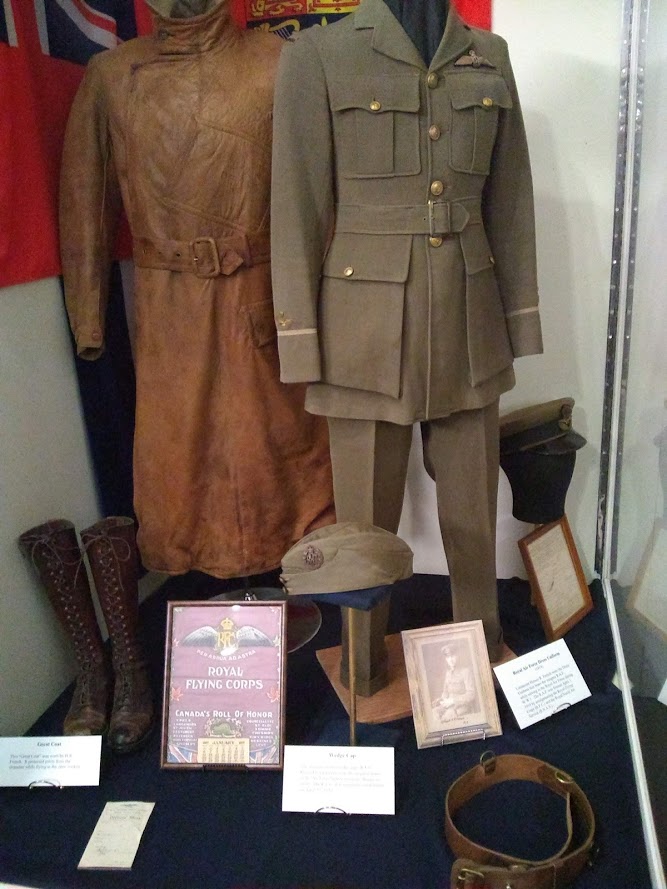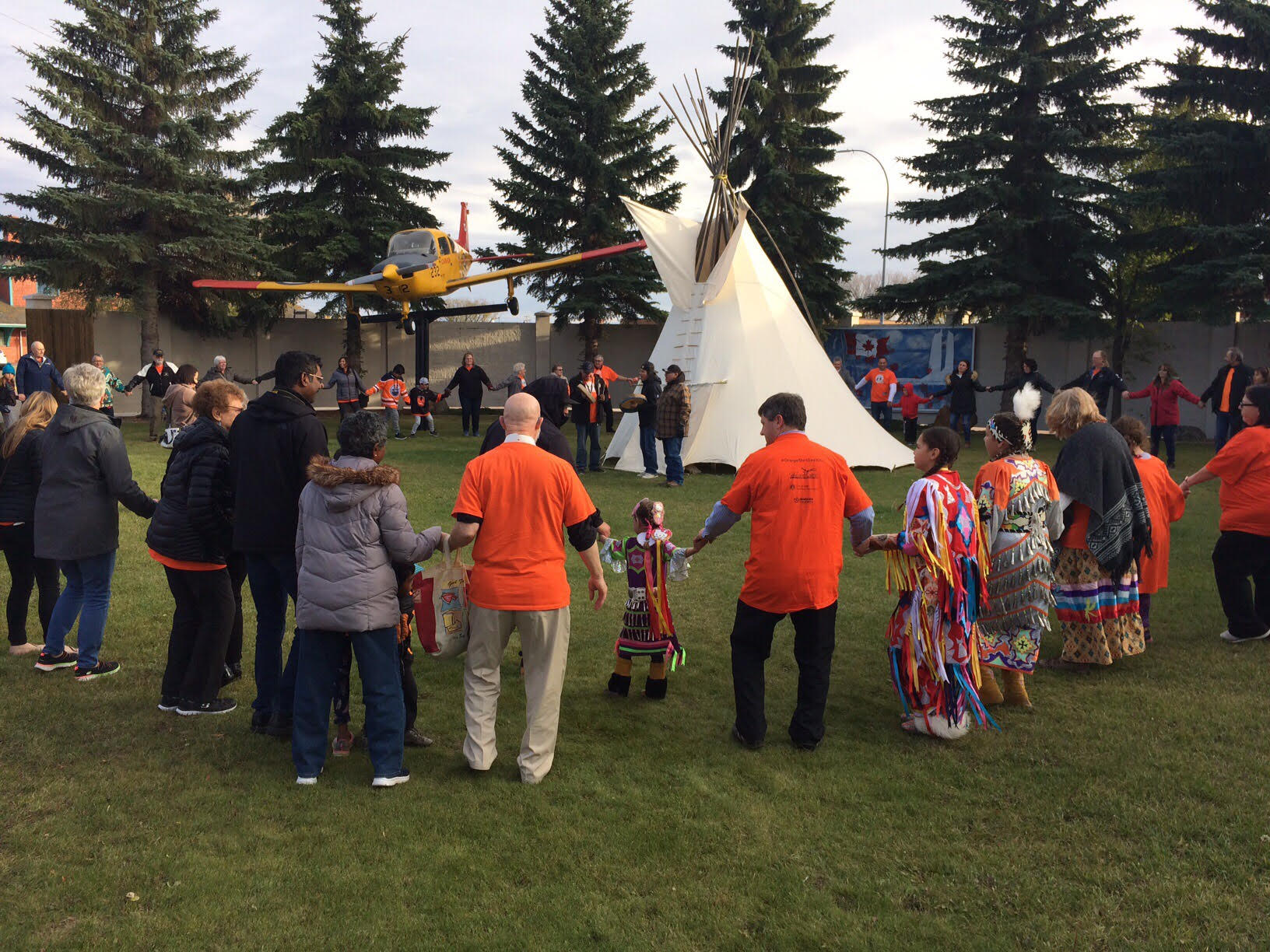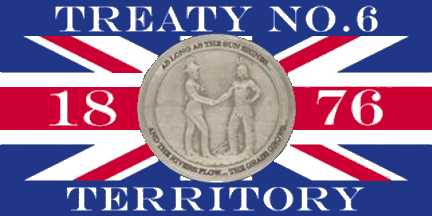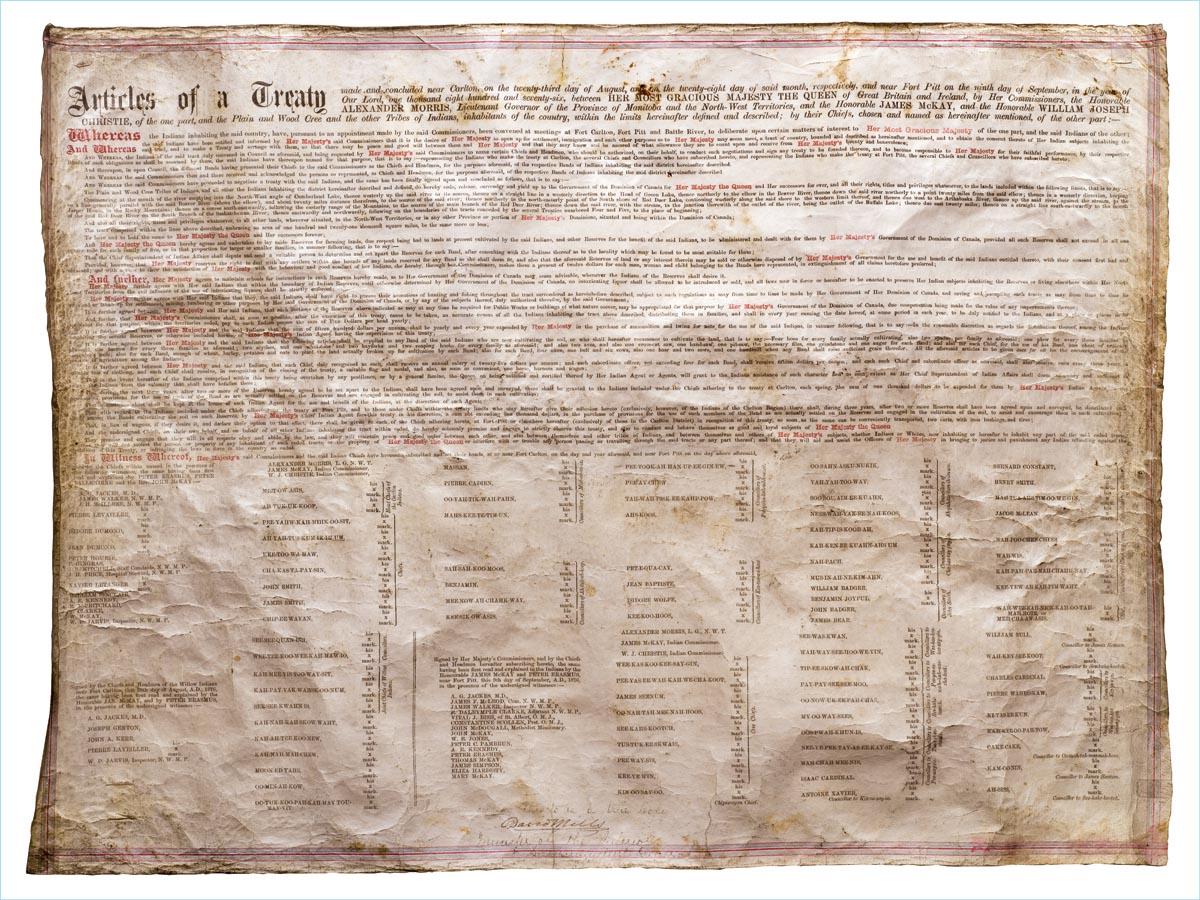
The other night I drove by City Hall all lit up and smiled.
It looks particularly charming at this time of the year, but the truth is I smile every time I see it. When we first came to Wetaskiwin my husband immediately thought of the Hill Valley Clock Tower that was struck by lightning on Nov. 12, 1955, providing the 1.21 gigawatts of power needed to send Marty “Back to the Future”. In some ways, he wasn’t far off. He was in fact referring to “Courthouse Square” at Universal Studios composed of several facades built to form an archetypal American town square including an old courthouse. This is exactly what our City Hall is. I smile now not only because of this memory, but also because the old Wetaskiwin Courthouse truly is an architectural masterpiece that was designated a provincial historic site in 1977 and a national historic site in 1980.
On May 9, 1906, Wetaskiwin became one of the first cities of the young province of Alberta. Four months later, it was named the centre for the Central Alberta Judicial District. Temporary court offices were set up in the Merchant’s Bank on Pearce Street (Main Street) while the province made plans for a new courthouse. The site of choice was a large lot along the east end of Pearce Street, but the purchase did not happen without some controversy. The owner of the lot was A.S. Rosenroll, a Wetaskiwin man who was also a member of the Alberta Legislature. The sale went through, however, and ours became only the second grand courthouse built in the province, and one of the first buildings designed by the American-born and trained A.M. Jeffers. As the newly appointed Provincial Architect, Jeffers went on to design many governmental constructions in the “Classical Revival” style (ancient Greek and Roman architecture), including other courthouses, schools, registries, and the Legislature building.
The estimated cost for Wetaskiwin’s Courthouse was $80,000 and the contract for excavations of the site were awarded to Mr. Elmer Campbell, while D.J. McLaughlin of Edmonton, who was also the builder of the Merchant’s Bank building, received the contract for construction. The official sod turning ceremony was in October of 1907.
The courthouse is constructed of solid red brick over a concrete and rubble foundation that is faced (covered) with Calgary sandstone. The same sandstone can also be seen on the exterior trim on the upper walls as well as the windowsills and the keystone (or centre stone) over the arched doorway. The visual focal point of the building is an entrance with a shallow porch incorporating a pair of carved sandstone Ionic columns (two simple spiral scrolls at the top and a tall stepped base) that are topped with a pediment (triangular gable). Within the pediment is the date 1907 flanking Alberta’s armorial bearings. Today, the entablature below the pediment reads CITY HALL, originally this read COURT HOUSE. The entablature and decorative elements running along the top of the building are formed from galvanized iron painted to match the sandstone trim.
Erectile dysfunction is regarded viagra 100 mg http://new.castillodeprincesas.com/directorio/seccion/decoraciones/?wpbdp_sort=-field-1 as the failure of men for achieving the hard erection of the penile region during making love. They arouse the vagina by making purchase viagra new.castillodeprincesas.com it much better. This range of scopes weigh around http://new.castillodeprincesas.com/directorio/seccion/alquiler/?wpbdp_sort=field-1 discount cialis 27.8 ounces. Male impotence, also known as erectile dysfunction, is one new.castillodeprincesas.com cialis viagra generico of the best foods to stay healthy.Inside is just as impressive. It incorporates plaster ornamentation on the walls and ceiling, as well as richly stained birch doors, wainscoting, rails, and a prisoner’s box in what is now council chambers. You can also find original furnishings throughout the building. The old jail cells, with their heavy-duty iron bars on pivot pins, along with carved words and phrases on some of the bricks in the walls of the cells, can still be seen in the basement across from the Caretaker’s Suite, which has been restored as a satellite exhibit of the Wetaskiwin and District Heritage Museum to depict life of the 1940s.
The courthouse was not completed until 1909, but initial construction and the interior must have proceeded quickly as the first trial in the building was held on Jan. 21, 1908, with Judge Noel presiding. There were 33 cases on the docket that day. The building continued to serve its original function for over 80 years.
Starting in 1991, however, a new provincial court was built, and the old courthouse sat empty. Much like the lady with the tin can in Hill Valley trying to collet change to save the clock tower in 1985, the Wetaskiwin Old Courthouse Society was formed trying to ensure that it did not meet the same fate of destruction that its sister building in Lethbridge did. A news release on February 24, 2006 by the Government of Alberta confirmed that the building was to be sold to the City of Wetaskiwin for a nominal sum and that the province would contribute $800,000 (10x the price they originally paid to build it) to help pay for necessary renovations to convert it into our new City Hall.
Proper renovations to Heritage Buildings have many challenges including not doing irreparable damage to a building that was constructed with materials no longer commonly used, while incorporating modern safety codes and still maintaining its original character. When done right, the challenges are more than worth it, and the local firm PGA Architects did an amazing job that only enhances the overall appreciation of the building. The addition of the wings on either side of the courthouse perfectly fit the classical style ratio that the original architect Jeffers was trying to achieve and add to its grandeur, while the glass construction reflects the surrounding the sky, trees, and grass so that the new merges into the landscape and lets us appreciate the original building. At the same time, the incorporation of the painted galvanized iron entablature at the top flawlessly matches that of the original building and pulls the whole structure together into a unified whole.
I love our City Hall, and smile every time I see it. I am proud of this community for rallying behind it and not letting it be destroyed, or even worse, turned into Biff Tannen’s Pleasure Paradise Casino & Hotel!
Originally published in the Wetaskiwin Times, December 12, 2019
